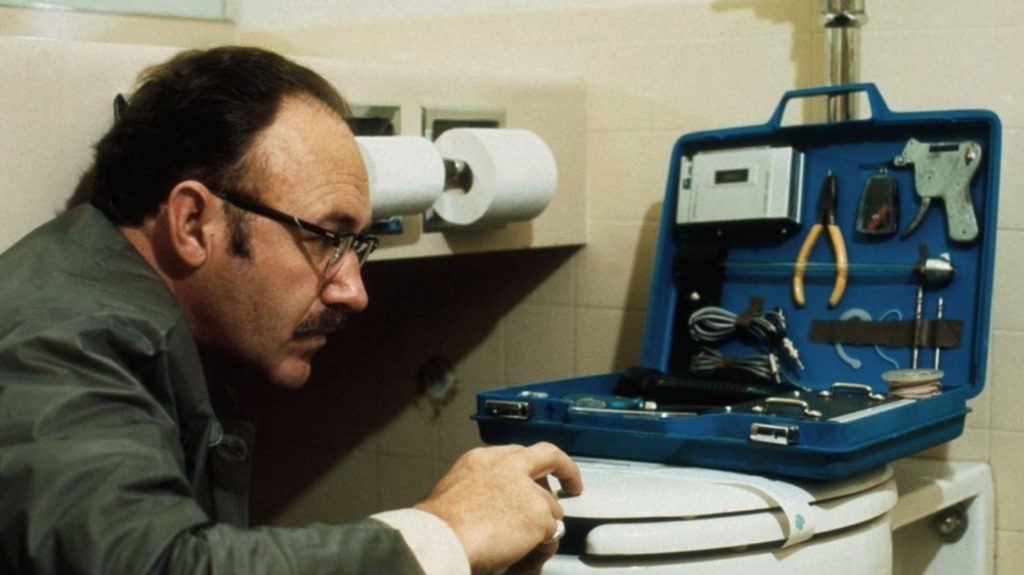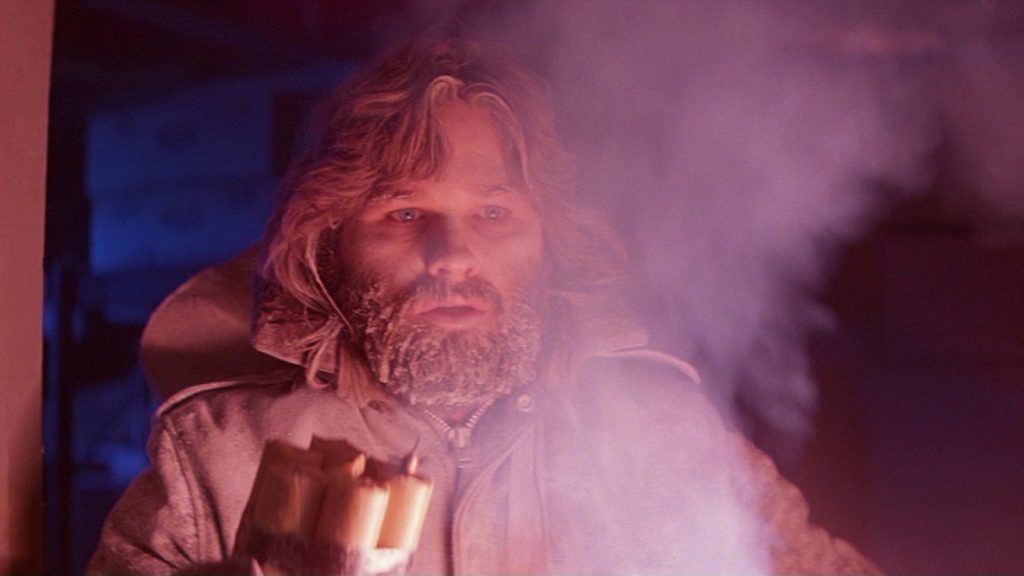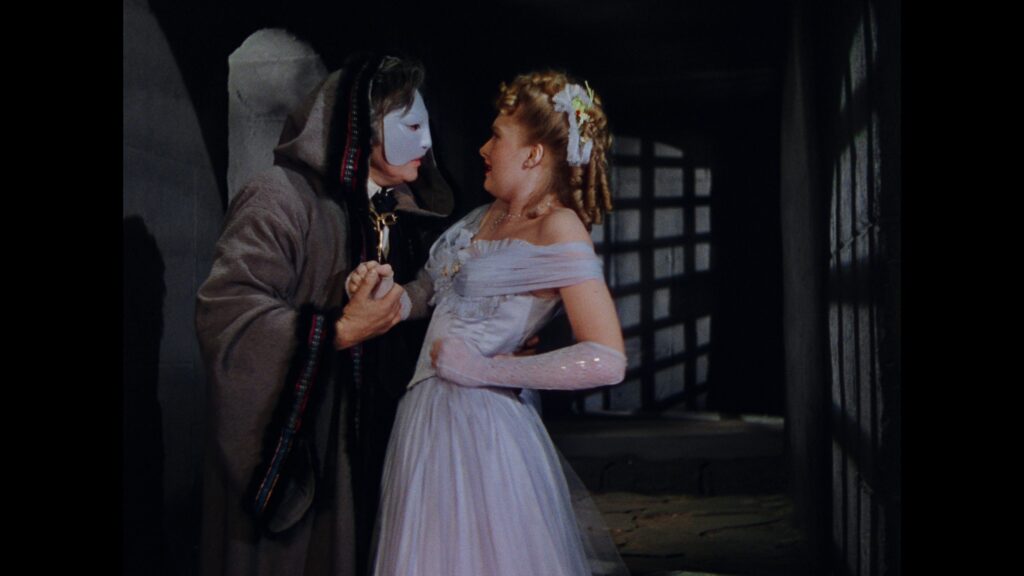Halloween (1978): Behind the Mask of Horror Mastery – Review

Genesis of a Classic
1978’s “Halloween” wasn’t merely a film; it was a revolution in the horror genre. What’s especially striking about its success story is the meager beginnings from which it sprouted. The project started with a simple pitch: create a low-budget horror film. With a shoestring budget of $300,000 to $325,000, director John Carpenter and producer Debra Hill embarked on what would become one of the most iconic ventures in cinematic history.
Scripting Terror
The initial title wasn’t “Halloween” but “The Babysitter Murders.” It was Carpenter’s distributor, Irwin Yablans, who suggested setting the movie on Halloween night and naming it after the holiday. This tweak was a stroke of genius, imbuing the narrative with an atmosphere that resonated with anyone who had ever trick-or-treated in the autumn chill. As Carpenter and Hill set about penning the script, their focus was on creating a foreboding ambiance, relying on suspense over gore.
Budgetary Constraints Lead to Innovation
Often, constraints can birth creativity, and “Halloween” is a case in point. The film’s signature mask for Michael Myers is a testament to this ingenuity. The production crew, working with a tight budget, purchased a Captain Kirk mask for under two dollars, widened the eye holes, and spray-painted it white. The result? One of the most chilling, emotionless faces in horror history.
The limitations also meant that many of the crew wore multiple hats. Carpenter not only directed but also composed the film’s haunting score. Famously, the movie’s wardrobe was sourced from the cast’s closets. Jamie Lee Curtis, making her film debut, bought Laurie Strode’s outfits at JC Penney for less than a hundred dollars.
Camera Magic
One of the standout features of “Halloween” is its innovative use of the camera. Carpenter and his cinematographer, Dean Cundey, made great use of the then-new Panaglide camera system. This allowed them to create the film’s steady, flowing shots. The opening sequence, a continuous take from young Michael’s perspective, is a masterclass in tension-building. This voyeuristic viewpoint, allowing the audience to peer through the eyes of evil, set the film apart from its contemporaries.
Casting Choices
While Carpenter and Hill’s storytelling prowess was vital, the cast’s performances elevated the film. Jamie Lee Curtis’ portrayal of Laurie Strode became iconic, setting the standard for the ‘final girl’ trope in horror. Yet, it’s worth noting that Curtis, daughter of Janet Leigh (“Psycho”), initially believed she was going to be fired after her first day of shooting.
Donald Pleasence’s role as Dr. Loomis brought gravitas to the film. Pleasence, an accomplished actor, initially took the role due to the limited shooting schedule. He’s since mentioned that working on “Halloween” was one of his most enjoyable experiences.
Review
Released in 1978, this seminal work is often credited with birthing the modern slasher genre. But beyond its evident contribution to cinematic taxonomy, the story of Michael Myers’ night of terror in Haddonfield, Illinois, has transcended its era, proving influential for countless horror projects that followed.
What’s striking about “Halloween” is its simplicity. The story of a masked killer returning to his hometown to stalk babysitters isn’t, on its surface, groundbreaking. Yet, Carpenter and co-writer Debra Hill infused this narrative with a palpable tension, expert pacing, and character depth that elevated it from a mere fright-fest to an artful exploration of pure evil. Carpenter’s decision to name the film “Halloween” was crucial in turning an otherwise ordinary holiday into a symbol of horror, forever altering the way many perceive October 31st.
John Carpenter’s involvement wasn’t just restricted to directing and writing. He composed the film’s chilling score, with its iconic piano theme that’s instantly recognizable and dread-inducing. Made with a limited budget, the simplicity of the repeated notes, much like the film itself, derives terror from minimalism. The score serves as a pulse-pounding heartbeat, echoing the impending doom as Michael Myers lurks closer.
The film’s production history is filled with instances of resourcefulness and ingenuity. With a modest budget of $325,000, every dollar had to count. One of the most recognized symbols of horror cinema, Michael Myers’ mask, is a testament to this frugality. Instead of crafting a mask from scratch, the production team purchased a Captain Kirk mask, altered its features, spray-painted it white, and created an emotionless facade, perfectly reflecting Myers’ soulless nature.
Cinematographically, Carpenter and director of photography Dean Cundey utilized Panaglide camera techniques to create long, uncut tracking shots. This not only built tension but gave audiences a first-person perspective of Myers’ stalking, creating an unsettling intimacy with the killer. The film’s opening sequence is a masterclass in this approach. The audience is forced into the perspective of a young Michael, viewing the world through his eyes as he commits his first act of violence, seamlessly setting the tone for the terror that ensues.
Then there’s Jamie Lee Curtis, in her film debut as Laurie Strode. Curtis’ portrayal is raw and authentic, steering clear of the damsel-in-distress cliché. Instead, Laurie is intelligent, resourceful, and embodies a resilience that would set the benchmark for future “final girls” in the horror genre. It’s no surprise that Curtis, who happens to be the daughter of Janet Leigh (from Hitchcock’s “Psycho”), would go on to become horror royalty, fondly dubbed as the original “Scream Queen.”
Behind Laurie’s character was a commentary on societal norms and the rebellious nature of the late 70s youth. The teenagers who partook in typical rebellious activities met their demise at the hands of Myers, whereas Laurie, the more responsible and arguably innocent among them, survived. It’s a subtext that’s been debated among fans and scholars, pondering whether Carpenter was making a moral statement or merely playing with audience expectations.
On the topic of Myers, labeled in the credits as “The Shape,” his embodiment of pure evil is a masterstroke by Carpenter. The decision to provide no motive for his killing spree makes him even more terrifying. Dr. Loomis, played by the indomitable Donald Pleasence, reinforces this concept, describing Myers with chilling detachment: “I met this six-year-old child with this blank, pale, emotionless face, and the blackest eyes; the devil’s eyes.”
“Halloween” transcended its budgetary constraints and became an archetype for independent filmmaking. It exemplifies how resourcefulness, combined with a compelling narrative and genuine passion, can create cinematic magic. Even without relying on excessive gore or jump scares, “Halloween” resonates as one of the most unsettling films in horror history, a testament to Carpenter’s understanding that true terror often lies in what is unseen, lurking in the shadows, and the unknown motives of pure evil.




